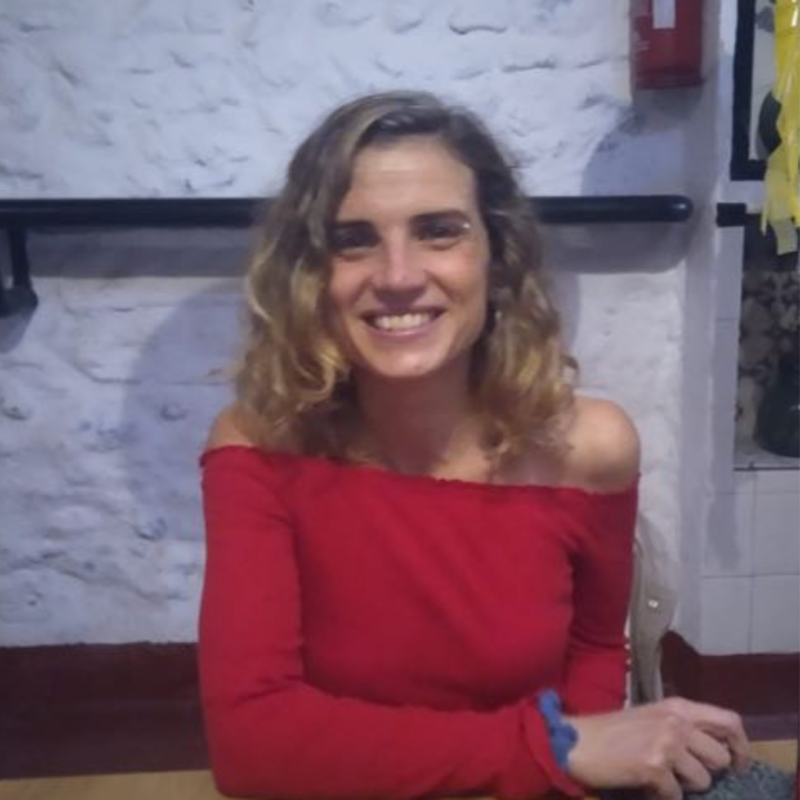This project critically examines the theoretical foundations of global conservation planning frameworks, with particular attention to the influential Half-Earth proposal (Wilson, 2016), which advocates setting aside half of the Earth’s surface for nature, supported by the promise of agricultural intensification on the remaining land. In parallel, conservation prioritization exercises—such as those by Strassburg et al. (2020) and Duarte et al. (2023)—have promoted land-sparing strategies that rely on intensifying food production to free up space for biodiversity protection.
However, most existing models underpinning these approaches treat agricultural intensification and biodiversity conservation as independent objectives, often neglecting the ecological feedbacks through which biodiversity supports agricultural productivity (Burian et al., 2024). This project develops a comparative modeling framework to evaluate how different assumptions about biodiversity-production relationships shape conservation outcomes.
By contrasting three scenarios—(1) the Half-Earth logic of unconstrained intensification, (2) conventional agroeconomic models with diminishing returns but no biodiversity effects, and (3) ecologically grounded models that incorporate biodiversity feedbacks—this project aims to reassess how conservation targets are set and justified. It calls for integrating ecological realism into conservation planning to ensure strategies are not only ambitious but also viable within the limits of natural systems.

Marina Requena-i-Mora
Post-doctoral researcher